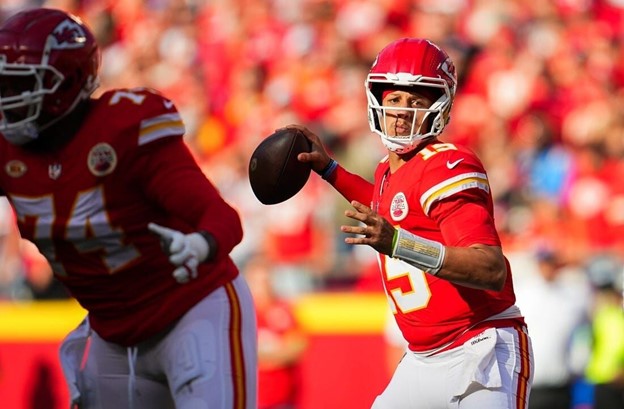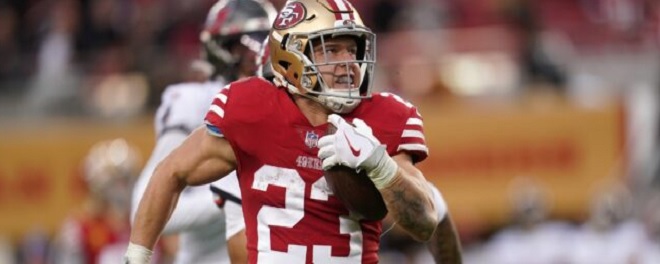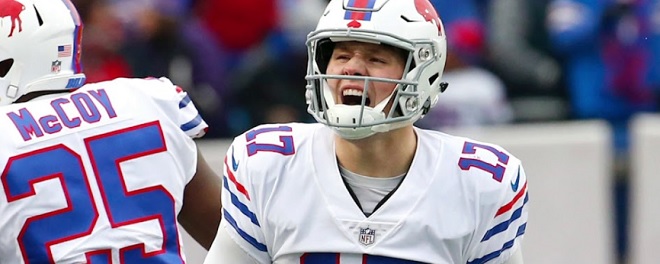Teams that find real late risers, players who go up the draft boards after the regular season, have a definite advantage on draft day. Smart front offices closely monitor the Senior Bowl, NFL Combine, and individual pro days to track players’ improvement.
They also pay attention to scouts’ comments and medical rechecks during practice week. That same flow of new signals alters the odds of oddsmakers and the larger markets, such as low stake non-GamStop sports betting options, and can open up a window where disciplined clubs pay significantly less than a player’s realised upside.
The 49ers and Eagles, for example, have established methods to capitalise on the upside by combining private visits, targeted workouts, and swift medical clarity, allowing them to act quickly while their rivals are still deliberating.
What makes a prospect rise late
Late surges often have clear causes, such as a strong Senior Bowl week, a fast 40-time at pro day, or an enormous leap on a positional exercise. After those weeks, scouts from NFL teams, usually led by evaluators from teams like the Chiefs or Packers, re-score players. Analysts like Daniel Jeremiah and Eric Eager typically point out players’ mobility.
Medical re-evaluations can alleviate concerns about past injuries, and interviews and psychological tests can reveal leadership skills that may not be apparent from game film. Those signals reset boards quickly, and they’re so powerful that betting non GamStop markets can change the odds when a player provides valuable testing or practice data.
Turning movement into a draft
You need rules, not impulse, to turn a late climb into value. Successful clubs put limits on how much they will spend on draft picks or which pick ranges they will use to get a riser.
Scouting directors then conduct targeted verification, private workouts, and reps for specific positions, and acquire second opinions from doctors to ensure the attributes that caused the surge are genuine. Teams are willing to move up a few spots instead of paying too much because they have a clean medical record and can undergo the tests repeatedly.
The outcome is that players rated as Day-2 talent end up where coaching and strategy let their skills shine, making them early contributors while their competition wonders how they managed to succeed.
The Verifications That Turn Hype into Hits
A late riser’s climb is only essential if teams can swiftly and reliably check it. That means private workouts to receive the identical scores as pro days, position-specific reps to test technique with NFL coaches, and specialised medical imaging to ensure you’re healed from past injuries. Clubs also do background checks and interview touchpoints to see whether someone is a good fit and has good character.
The GM, the director of player personnel, and the team medical lead look at those data points and compare them to a specified buy-in threshold: repeatable tests, clean scans, and a clear scheme fit. When verification is complete, a club can move forward without worry; when red flags appear, they take action, which is a means to prevent clever thieves from becoming costly blunders.
Market inefficiencies teams exploit
Late-riser issues make market gaps that are easy to see. Some front offices hold onto rankings for the entire season, while others quickly update them based on new information. When a player rises in Rounds 2–4, teams that trade down and get mid-round assets can jump on them.
Day 3 often becomes a starting point when coaching and development align with the player’s profile, according to historical patterns. Analysts say that clubs have exploited pick flexibility and strict verification to turn a late riser into a starter for several years.
The lesson is that following regulations, checking medical records, conducting additional tests, and implementing buy-in restrictions can transform short-term market upheaval into long-term roster value.
Where this helps on draft day, and what to watch
On draft day, the edge is evident in big decisions, such as making deals before the draft to secure a spot, making confident phone calls to rival clubs, and obtaining quick private medical clearances. Be on the lookout for clubs that connect Senior Bowl practice grades,
Combine metrics and pro-day film into a single preparedness score; those teams are more likely to take action. For followers: keep an eye on post-combine mobility on major boards, then read accounts from the Mobile, Senior Bowl, and team pro days during practice week.
Also, pay attention to what teams do on draft night. Teams that move frequently during this time typically have systems that convert information into actionable insights. In short, late-riser scouting is a method for making draft gains that can be leveraged repeatedly by being patient and informed in decision-making.




